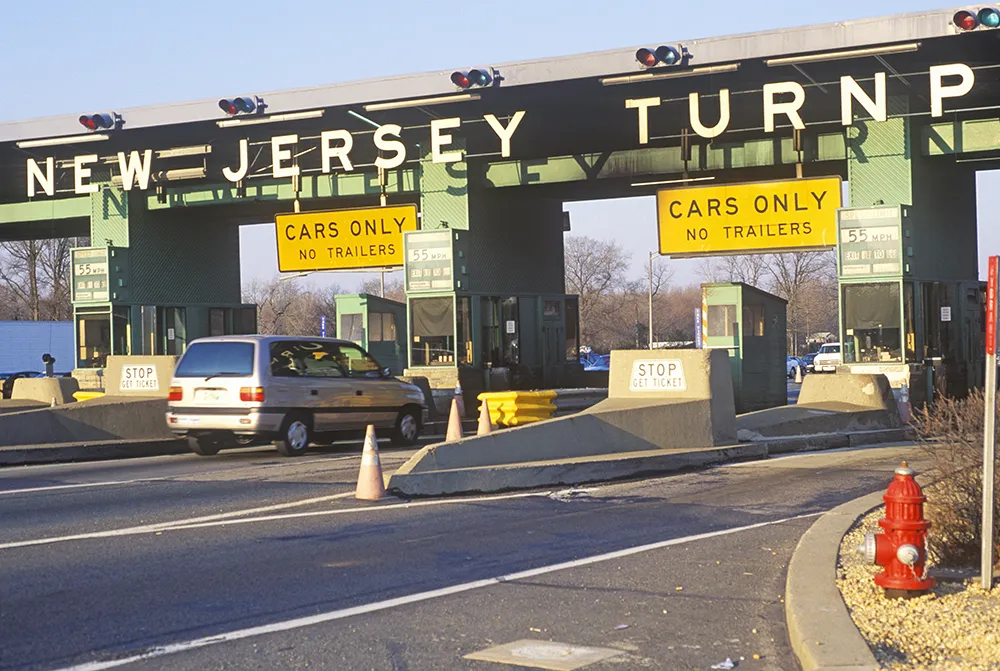Licence plate recognition (LPR) technology is a powerful tool that helps law enforcers solve crimes and save lives, according to a new survey of law enforcement professionals. The survey, conducted by Vigilant Solutions on behalf of public policy advocacy organisation NetChoice, also revealed that there are strong protections in place to prevent against LPR misuse. The survey polled 504 law enforcement professionals from around the US on their agencies use of LPR technology. More than 87 per cent of respond
August 7, 2013
Read time: 2 mins
Licence plate recognition (LPR) technology is a powerful tool that helps law enforcers solve crimes and save lives, according to a new survey of law enforcement professionals. The survey, conducted by Vigilant Solutions on behalf of public policy advocacy organisation NetChoice, also revealed that there are strong protections in place to prevent against LPR misuse.
The survey polled 504 law enforcement professionals from around the US on their agencies use of LPR technology. More than 87 per cent of respondents reported that LPR technology had been instrumental in investigating crimes and more than 60 per cent reported that LPR had saved lives in their community.
More than 99 percent of the law enforcement officers polled said that they knew of no instances in which colleagues misused LPR data. More than 90 percent reported that abusing LPR technology for personal purposes would cost them their jobs.
Steve DelBianco, executive director of NetChoice said the findings point to a technology marketplace that is working precisely as it should. "Technology mandates are almost never a good idea," DelBianco said. "Again and again we've seen that the technology marketplace evolves to meet challenges faster and more elegantly than the legislative process ever could."
The survey polled 504 law enforcement professionals from around the US on their agencies use of LPR technology. More than 87 per cent of respondents reported that LPR technology had been instrumental in investigating crimes and more than 60 per cent reported that LPR had saved lives in their community.
More than 99 percent of the law enforcement officers polled said that they knew of no instances in which colleagues misused LPR data. More than 90 percent reported that abusing LPR technology for personal purposes would cost them their jobs.
Steve DelBianco, executive director of NetChoice said the findings point to a technology marketplace that is working precisely as it should. "Technology mandates are almost never a good idea," DelBianco said. "Again and again we've seen that the technology marketplace evolves to meet challenges faster and more elegantly than the legislative process ever could."








